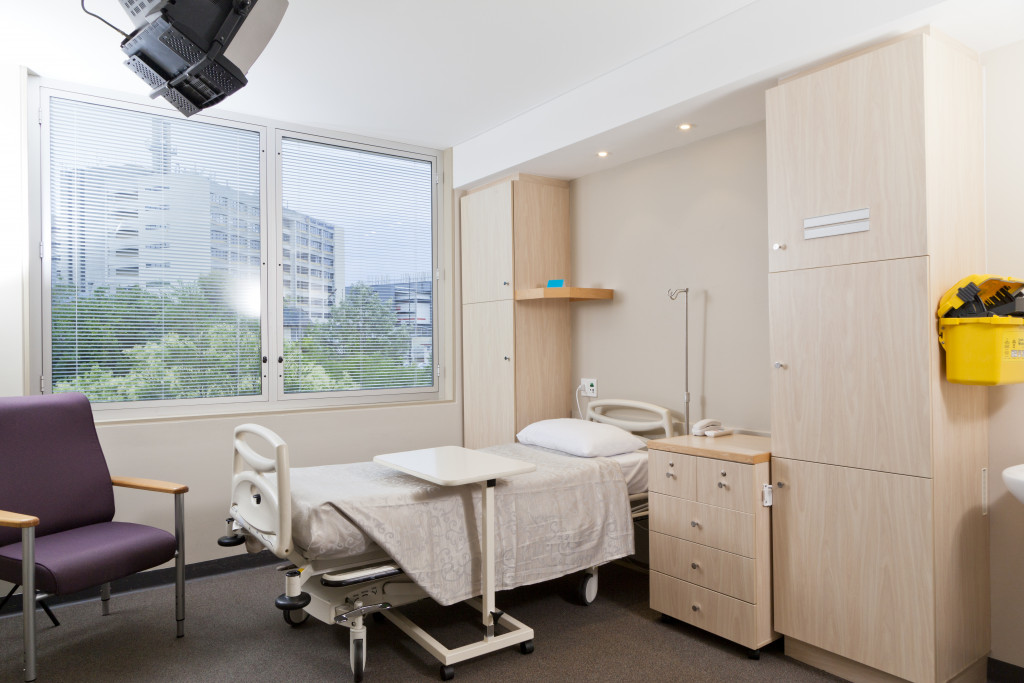In the last couple of years, hospitals and other medical facilities are becoming more eco-friendly, seeking to lessen their environmental footprints, leading to tremendous benefits. Among these advantages are ensuring better and safer treatments for patients, less wastefulness, and lowered facility operating costs—allowing facilities to focus on providing top-quality healthcare.
That said, here are the different ways hospitals are improving the health of patients and the planet.
Reprocessing Medical Devices
Hospitals use plenty of single-use medical devices in their operations every day, significantly affecting the environment—for the worse. Fortunately, medical facilities can send these items to companies that can clean and disinfect them to use again, creating less waste and saving the institutions plenty of much-needed money. Because of this, hospitals will no longer need to keep buying single-use products, as they can use them multiple times.
It is best that psion devices are repaired and kept in good condition. Like other gadgets and equipment, these should not end up dumped in landfills. If they are no longer serviceable, there are proper ways to dispose of them — the experts know best.
Additionally, hospitals are becoming more prudent in the usage of operating room packs, universally stocking kits with surgical supplies.
Upgrading Energy Conservation and Efficiency
Because the adverse effects of fossil fuels in the environment are getting recognized by more and more people—more medical facilities are eliminating fossil fuels in their operations, replacing them with cleaner energy. These include using solar panels, wind-powered turbines, and hydroelectric utilities. Additionally, some facilities are now installing high-efficiency windows and HVAC systems, causing heating and cooling costs to plunge, saving more energy and the environment.
Safer Biohazard Handling
Treating hundreds and thousands of patients yield plenty of medical waste daily, which needs to get disinfected every day. The conventional disposal method is incinerating these wastes, but this strategy may emit toxic fumes. Medical facilities are addressing these issues by sterilizing infectious waste with hybrid steam, autoclaves, and microwaves. Additionally, some institutions go further by recycling the metals and plastic used as fuel, preserving their surroundings.
By federal law, healthcare facilities need to use red biohazard bags in segregating medical waste from garbage. However, many hospital staff members erroneously use these bags and put non-contaminated products inside them—adding more infectious materials that must get sterilized. As a result, these drains hospital funds while building up landfills, destroying the environment. To remedy this issue, hospitals are becoming more diligent in educating staff about segregating waste.
Paperless

Like other industries, the medical sector uses a lot of paper for patient records, test forms, and lab test results. However, the more paper businesses use, the more logging trucks and paper mills will continue operating, the more pollutive gases they’ll produce, inflicting debilitating effects on the environment. That’s why the less paper you use, the better for your surroundings. So, instead of going the traditional way of storing patient information, keep your records via computer.
Reducing Chemical Exposure
Hospitals and other medical institutions that handle sick and generally unwell individuals every day need to be stringent in their disinfecting protocols, especially on ‘common’ surfaces. However, traditional cleaning and disinfecting agents typically contain harmful chemicals, endangering humans and the environment. Notably, acidic ingredients can pollute the air while destroying the world’s ozone layer, leaving the planet more vulnerable to the burning effects of the sun’s UV rays.
Hospitals address the issue using more eco-friendly or ‘green’ cleaning products, verified as safe for human use and the surroundings. These ‘cleaners’ are tested by a third-party, reassuring the ingredients used are non-toxic and biodegradable while still being as efficient in eliminating pathogens like viruses and bacteria. Plus, ‘green’ or environmentally friendly manufacturers typically use ecological practices when formulating and packaging their cleaning agents.
Food and Fuel Conservation
When medical facilities acquire food for patients from distant locations, the deliveries are often made by gigantic and gas-powered trucks, affecting the environment and leaving a massive dent in the budget. The best way to deal with this is reducing fuel consumption, which medical institutions can do by working with regional and other local food distributors, reducing the distances their food needs to travel in. Plus, quickly transported food can preserve its nutrients, which is crucial for patients.
Additionally, some hospitals convert food waste into compost, fertilizing surrounding land. Meanwhile, other medical facilities hire composting firms to collect their leftover foods, supplying local farmers with compost.
Most hospitals nowadays are looking to go ‘green’ and modify their operations to conserve more energy, control waste, and lessen chemical usage to reduce their impact on the environment. These sustainability initiatives can help medical facilities save millions of lives—and the strategies mentioned are marking a greener and more sustainable future for the medical industry.

